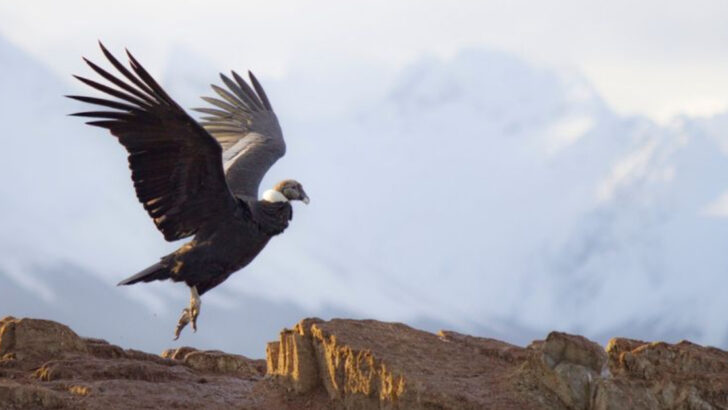These birds aren’t just big—they’re massive. Imagine wingspans that could stretch across a small car, or even a full-grown adult!
The world’s largest birds don’t just dominate the skies—they own them. From the ocean-borne albatross, with wings that seem to touch both ends of the horizon, to the mighty condor soaring high above the Andes, these majestic creatures are nature’s heavyweights.
Some fly for weeks without stopping. Others sport wings that are nothing short of legendary. It’s not just about size; it’s about power, grace, and a sense of freedom that’s almost untouchable.
Ready to be amazed by wings that could rival the wings of your wildest dreams? Let’s dive into the extraordinary world of these colossal birds. You won’t believe how big they truly are!
Wandering Albatross
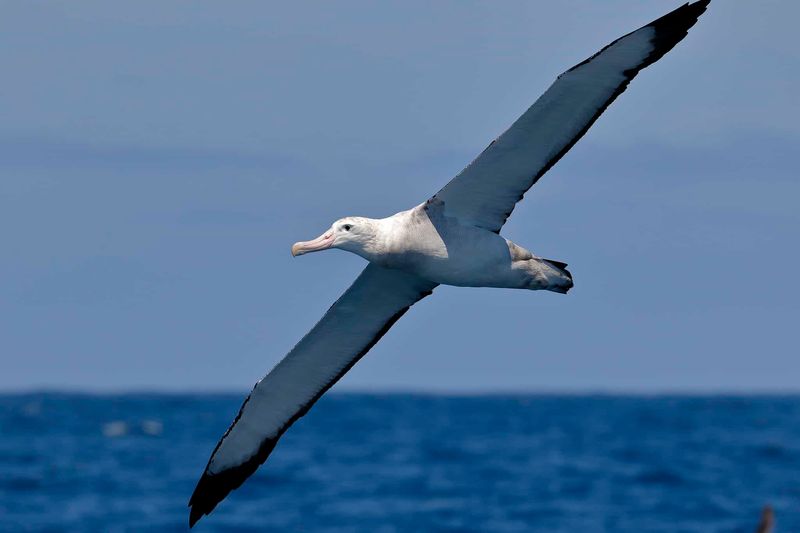
The Wandering Albatross is renowned for having the longest wingspan of any living bird. Spanning up to 12 feet, these wings enable the albatross to glide effortlessly over the ocean. This majestic bird spends most of its life in flight, covering vast expanses of the Southern Ocean.
With its elegant white plumage and striking black wingtips, the Wandering Albatross is a marvel of adaptation. Its ability to travel thousands of miles without flapping its wings showcases nature’s engineering at its best. Observing this bird in its natural habitat is a truly unforgettable experience.
Andean Condor
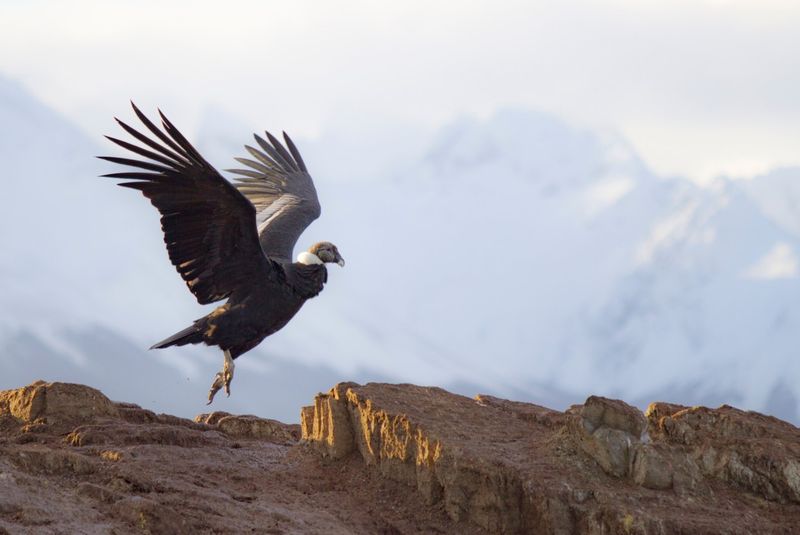
The Andean Condor is a symbol of power and freedom in South America, boasting an impressive wingspan of up to 10.5 feet. These birds are often seen soaring gracefully over the Andes mountains, using thermal currents to aid their flight.
Recognizable by their black plumage and distinctive white collar, Andean Condors are considered one of the largest flying birds in the world. They play a crucial role in their ecosystem as scavengers, helping to maintain a balanced environment.
Spotting an Andean Condor in flight is a testament to nature’s grandeur.
California Condor
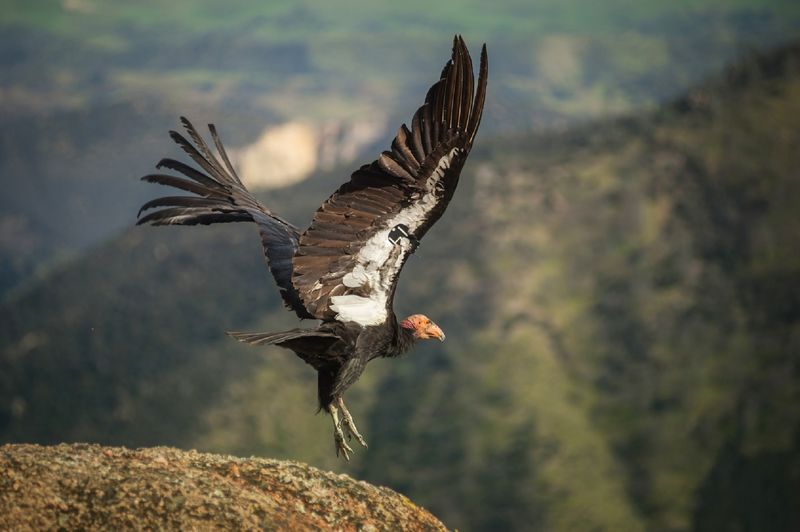
The California Condor, once on the brink of extinction, has made a remarkable recovery. With a wingspan reaching up to 9.8 feet, these birds are among the largest in North America. Their flight is a sight to behold, often seen gliding over the rugged terrains of the western United States.
These condors have a striking black body with white patches under their wings, adding to their majestic appearance. Conservation efforts have been pivotal in increasing their population, showcasing the success of environmental stewardship.
Witnessing a California Condor in flight is truly inspiring.
Dalmatian Pelican
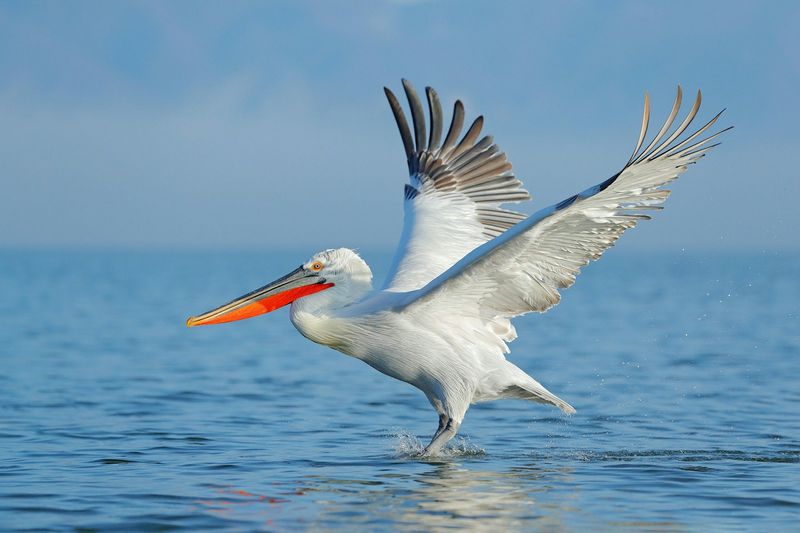
The Dalmatian Pelican is one of the heaviest flying birds, characterized by its enormous wingspan of up to 11.5 feet. Found primarily in Eastern Europe and Asia, these pelicans are known for their brilliant white plumage and distinctive curly nape feathers.
Their expansive wings allow them to travel great distances in search of food, typically fish, which they catch with their large bill. The sight of a Dalmatian Pelican landing on water is a captivating spectacle.
These birds are a reminder of the beauty and diversity present in avian species worldwide.
Great White Pelican
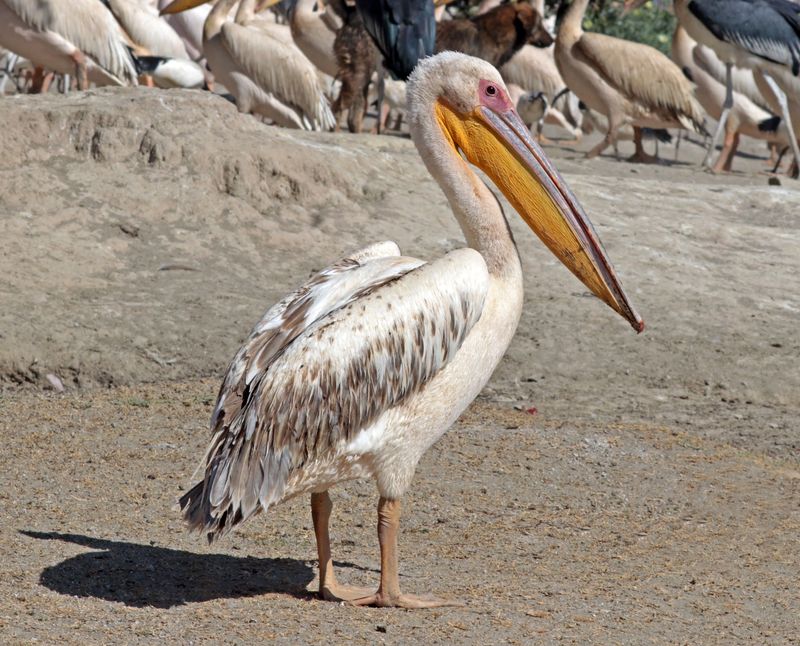
The Great White Pelican is recognized for its impressive wingspan, which can reach up to 11 feet. Native to Africa, these pelicans are often spotted in large flocks, gracing the skies with their synchronized flight patterns.
Their striking white feathers and long, curved bills make them easily identifiable. Great White Pelicans are social creatures, often working together to herd fish into shallow waters for feeding.
The harmonious movements of these birds during flight and feeding are a testament to the collaborative spirit found in nature.
Marabou Stork
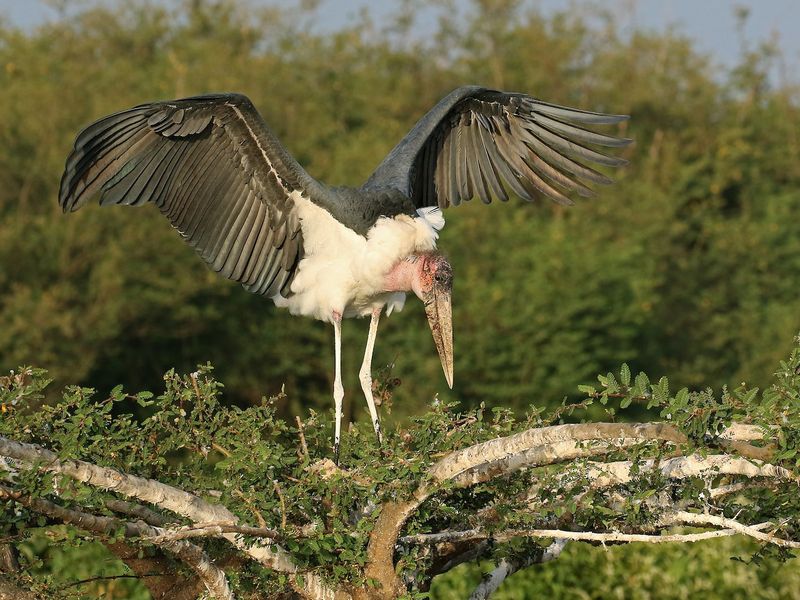
The Marabou Stork is a distinctive bird with a wingspan of up to 10.5 feet, known for its unique appearance and impressive size. Found throughout sub-Saharan Africa, these storks play a vital role in their ecosystem as scavengers.
They have a bald head, dangling throat pouch, and large bill, contributing to their unusual look. The Marabou Stork is often seen near carcasses, using its significant size to dominate other scavengers.
Despite their less-than-glamorous role, these birds are essential for maintaining ecological balance.
Bald Eagle
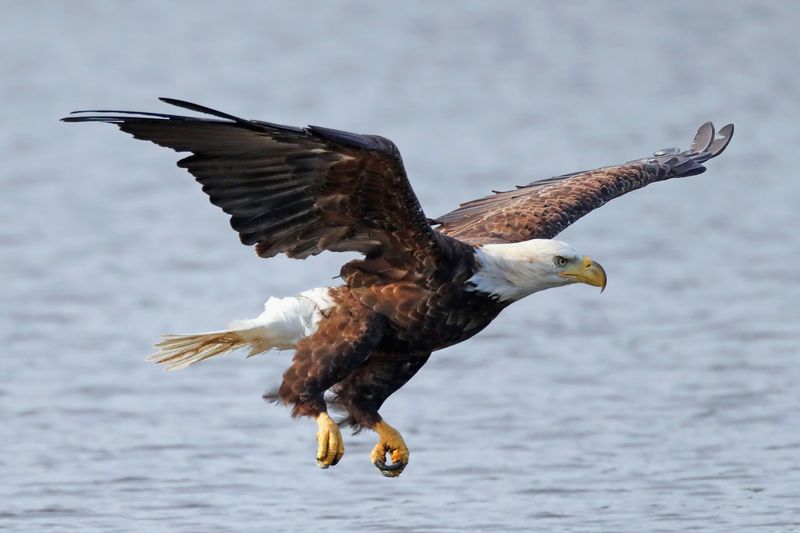
The Bald Eagle, a symbol of strength and freedom, features a wingspan of up to 8 feet. Found across North America, these iconic birds are often seen soaring over lakes and rivers, searching for fish.
With their striking white head and tail contrasting against a dark brown body, Bald Eagles are a sight to behold. They are skilled hunters, using their keen eyesight and powerful talons to catch prey.
The resurgence of the Bald Eagle population is a conservation success story, highlighting the importance of preserving natural habitats.
Lappet-faced Vulture
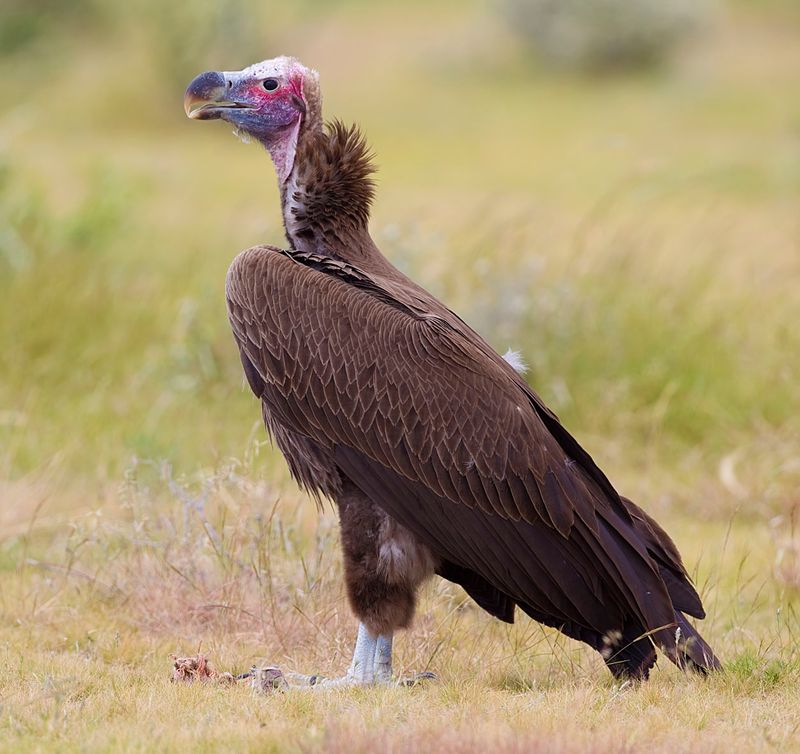
The Lappet-faced Vulture is one of the largest and most powerful vultures, with a wingspan of up to 9.5 feet. Inhabiting the arid regions of Africa, these vultures are easily recognized by their bare pink head and massive hooked beak.
These formidable birds play an important role as scavengers, helping to clean up the environment by feeding on carrion. Their strong beaks can tear through tough hides that other scavengers cannot penetrate.
The presence of Lappet-faced Vultures is crucial for the health of their ecosystem, emphasizing the interconnectedness of nature.
Eurasian Black Vulture
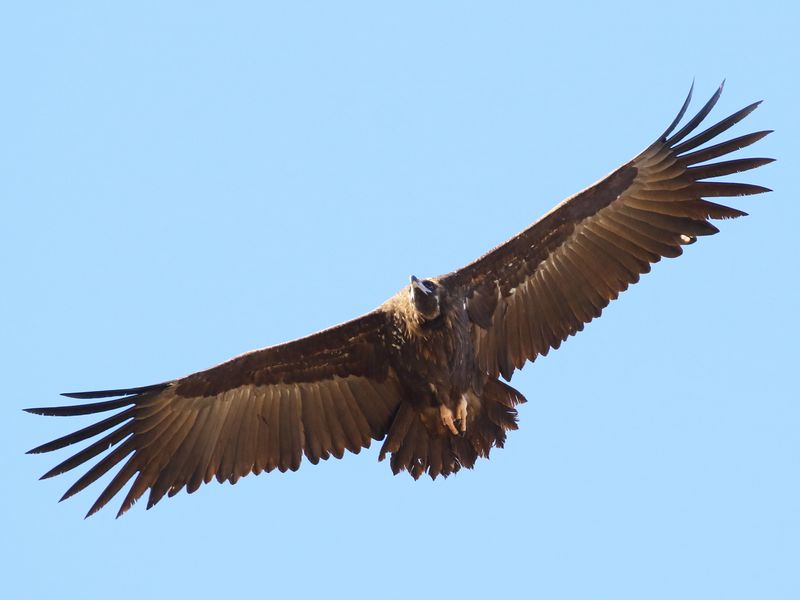
The Eurasian Black Vulture is a formidable bird with a wingspan reaching up to 10 feet, making it one of the largest birds of prey. Found across southern Europe and Asia, this vulture is known for its dark plumage and powerful build.
They play a vital role in the ecosystem as efficient scavengers, often seen soaring at great altitudes in search of food. Their acute eyesight and strong beaks make them adept at locating and consuming carrion.
The survival of this vulture highlights the importance of conservation efforts across their range.
White-tailed Eagle
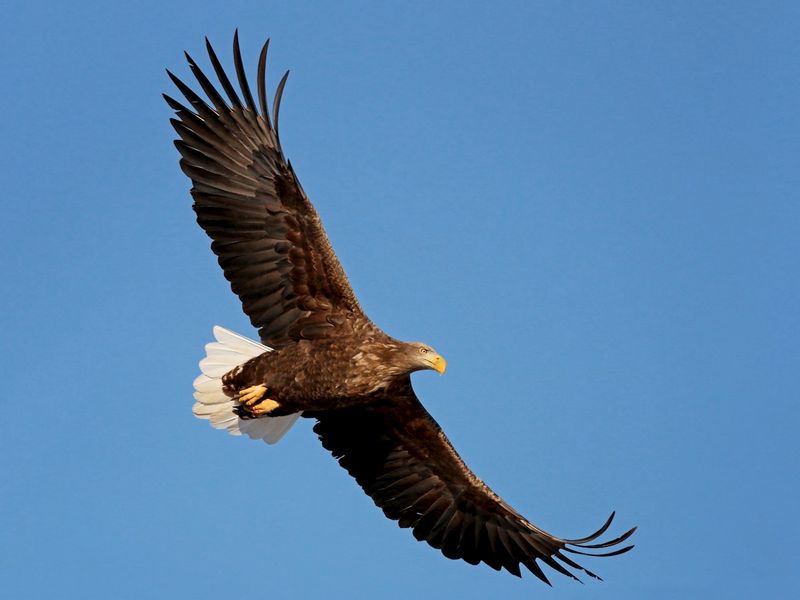
The White-tailed Eagle, often referred to as the ‘flying barn door,’ boasts a wingspan of up to 8 feet. Found in coastal regions of Europe and Asia, these eagles are known for their broad wings and strong flight.
They primarily feed on fish, which they catch with their sharp talons. The eagle’s striking white tail and robust build make it an impressive sight in the sky.
Efforts to reintroduce the White-tailed Eagle to parts of its former range have been successful, marking a triumph in wildlife conservation.
Harpy Eagle
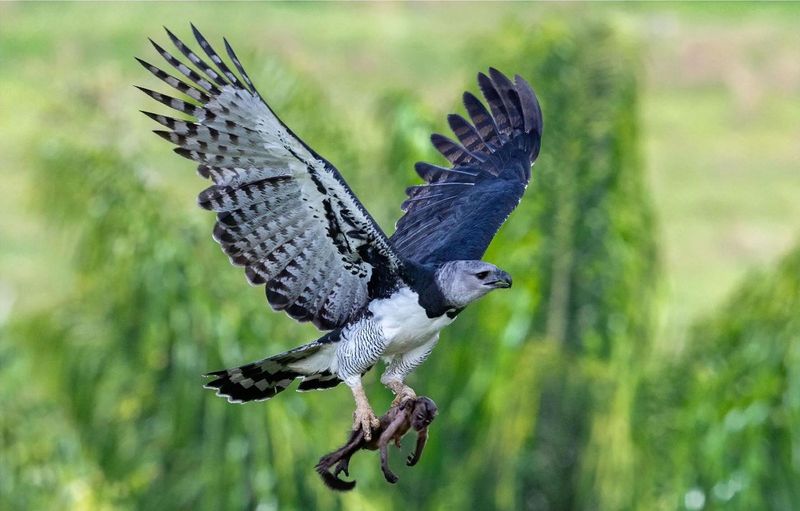
The Harpy Eagle is one of the largest and most powerful eagles, with a wingspan of up to 7.5 feet. Inhabiting the rainforests of Central and South America, this eagle is renowned for its strength and hunting prowess.
With striking grey feathers and a prominent crest, the Harpy Eagle is a top predator in its environment. It preys on monkeys and sloths, showcasing its incredible agility and power.
Conservation efforts are crucial to preserve the Harpy Eagle’s habitat, ensuring the survival of this magnificent bird.
Steller’s Sea Eagle
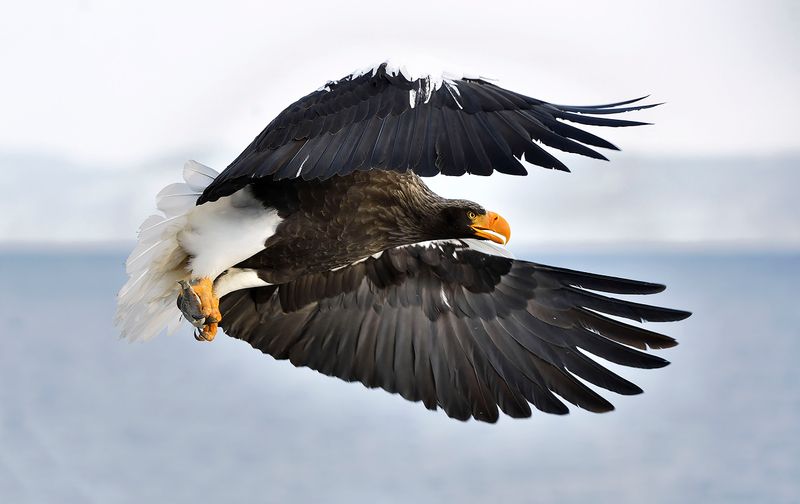
The Steller’s Sea Eagle is an imposing bird with a wingspan of up to 8 feet, native to coastal areas of Northeast Asia. Known for its striking black and white plumage and massive yellow beak, this eagle is a formidable hunter.
They primarily feed on fish and waterfowl, often seen perched on ice floes or rocky outcrops. The Steller’s Sea Eagle’s large size and powerful build make it a dominant presence in its habitat.
Preserving their coastal environment is essential for the continued survival of this remarkable species.
American White Pelican
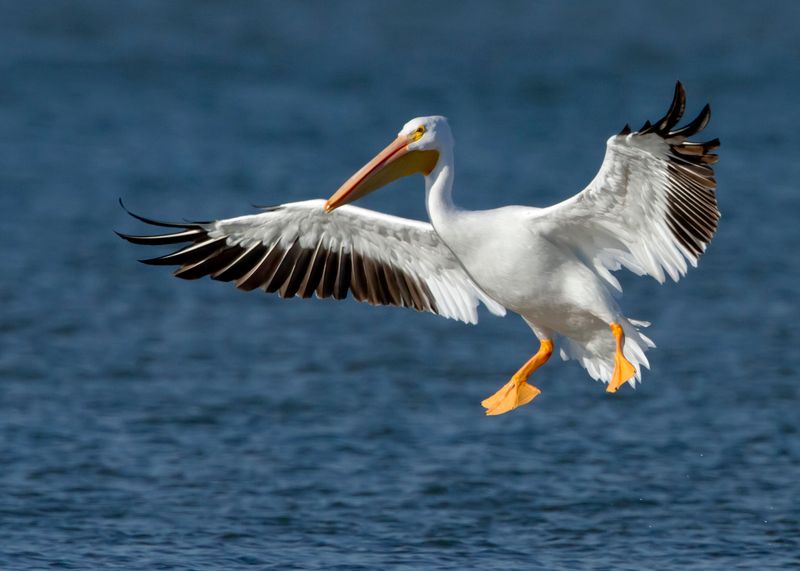
The American White Pelican is a graceful bird with a wingspan of up to 9.5 feet, commonly found across North America. These pelicans are easily identified by their bright white feathers and long, orange bills.
They are social birds, often seen in large flocks, working together to corral fish for feeding. Their synchronized movements during flight and fishing are a captivating sight.
The American White Pelican exemplifies the beauty and harmony that can be found in avian species, contributing to the biodiversity of their habitats.
Bearded Vulture
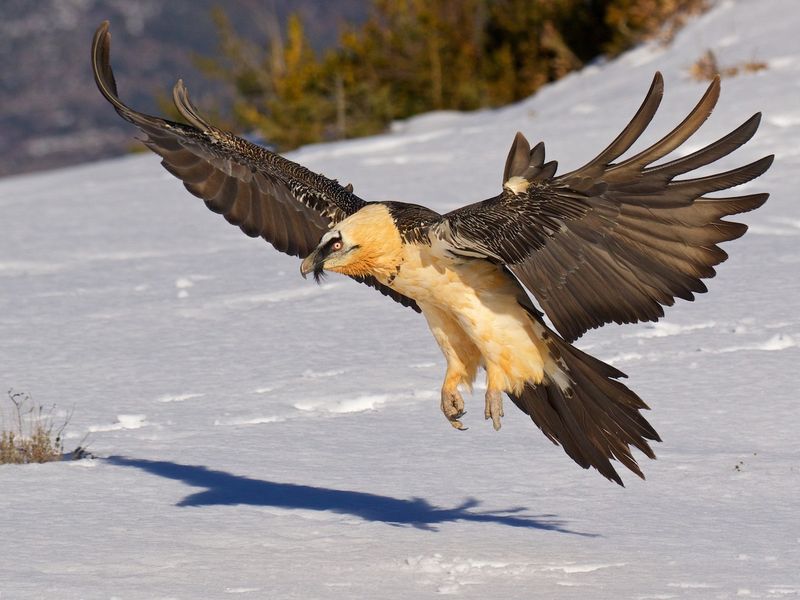
The Bearded Vulture, also known as the Lammergeier, has a wingspan of up to 9 feet, making it one of the largest vultures. Found in mountainous regions of Europe, Asia, and Africa, this bird is known for its striking appearance and unique feeding habits.
Their diet primarily consists of bone marrow, which they access by dropping bones from great heights to crack them open. This unusual behavior sets them apart from other vultures.
The Bearded Vulture’s presence is a testament to the diverse adaptations of birds across different environments.
Cinereous Vulture
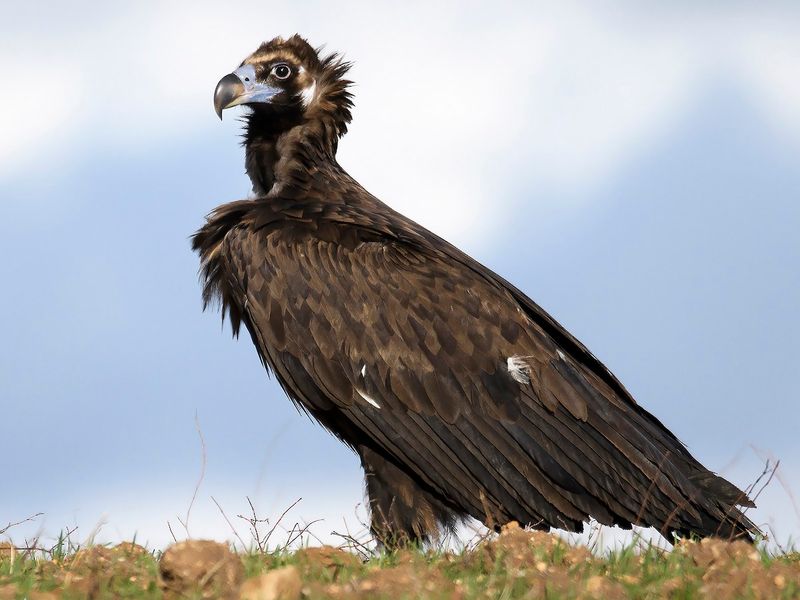
The Cinereous Vulture, also known as the Black Vulture, boasts a wingspan of up to 10 feet, making it one of the largest birds of prey. Found in parts of Europe and Asia, these vultures are recognized by their dark plumage and imposing size.
As efficient scavengers, they play an essential role in maintaining ecological balance by consuming carrion. Their strong beaks and keen eyesight make them well-suited for this task.
Conservation efforts are crucial to ensure the survival of these majestic birds across their natural habitats.
Black-browed Albatross
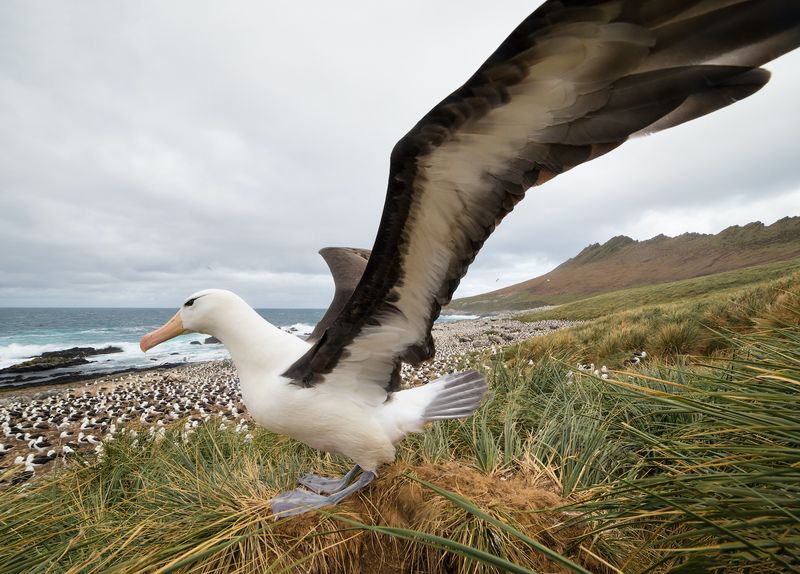
The Black-browed Albatross is a remarkable seabird with a wingspan of up to 8 feet, often found in the Southern Ocean. Known for its distinctive black eyebrow markings and graceful flight, this albatross is a master of the seas.
They are highly skilled at using wind currents to travel long distances without expending much energy. This ability allows them to cover vast expanses of ocean in search of food.
Their presence highlights the incredible adaptations that birds have developed to thrive in diverse environments.
Royal Albatross
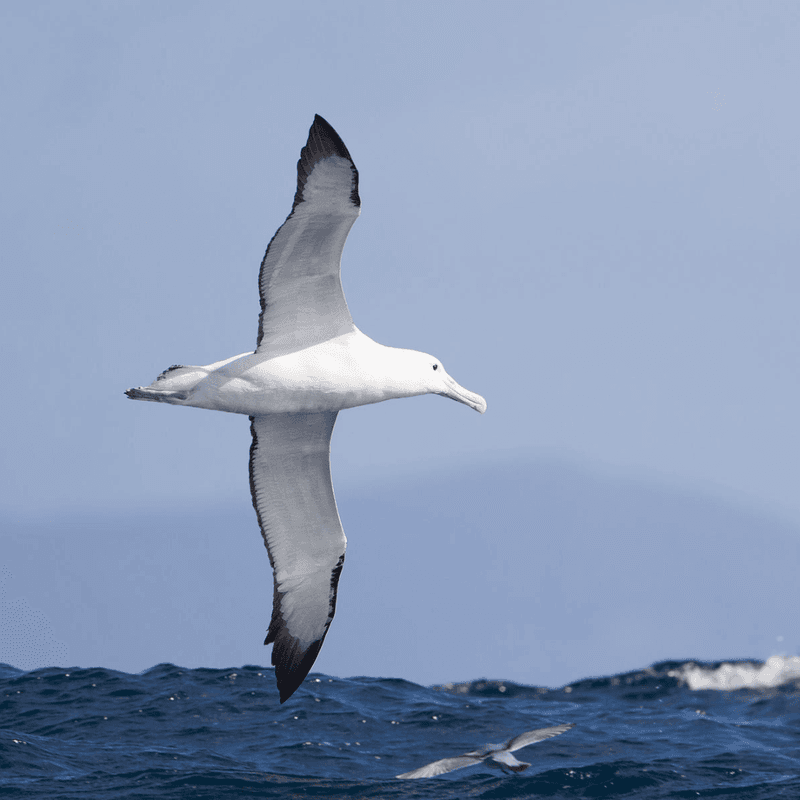
The Royal Albatross is one of the largest seabirds, with a wingspan reaching up to 11 feet. Found primarily in the Southern Hemisphere, these birds are known for their majestic flight and long-distance travel.
They have predominantly white plumage with black wingtips, creating a striking contrast. Royal Albatrosses spend much of their life at sea, returning to land only to breed.
Their long journeys across the ocean exemplify the nomadic lifestyle of these incredible birds, showcasing their adaptability and resilience.
Grey-headed Albatross
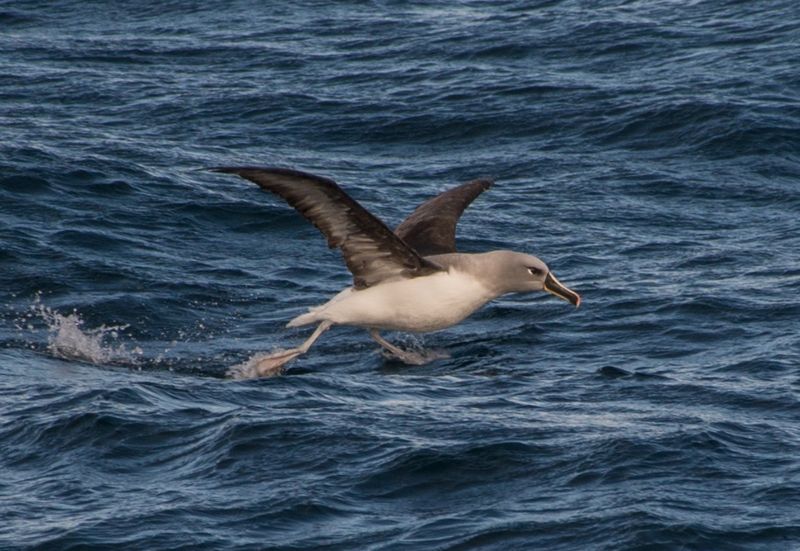
The Grey-headed Albatross is a striking bird with a wingspan of up to 7.5 feet, primarily found in sub-Antarctic regions. Known for their graceful flight and distinctive grey head, these albatrosses are adept at gliding over vast ocean expanses.
Their ability to navigate strong winds and stormy seas is remarkable, allowing them to travel great distances in search of food. The Grey-headed Albatross is a testament to the endurance and adaptability of seabirds.
Efforts to protect their breeding habitats are vital for maintaining their populations.
Great Frigatebird
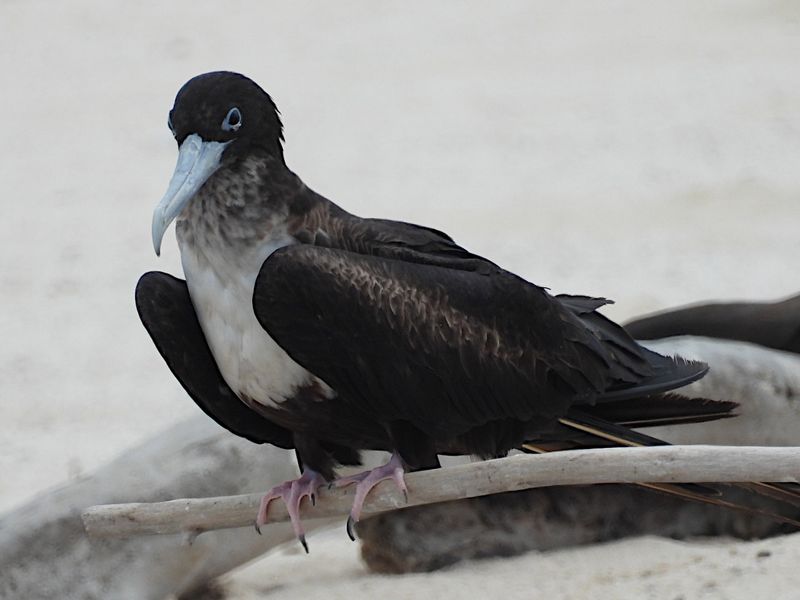
The Great Frigatebird is a master of the skies, with a wingspan of up to 7.5 feet, found in tropical and subtropical oceans. These birds are known for their long, slender wings and distinctive forked tails.
Great Frigatebirds are exceptional gliders, capable of staying aloft for weeks at a time. They often pirate food from other seabirds, showcasing their opportunistic nature.
Their striking appearance and incredible flying abilities make them a fascinating subject for birdwatchers and nature enthusiasts alike.
Magnificent Frigatebird
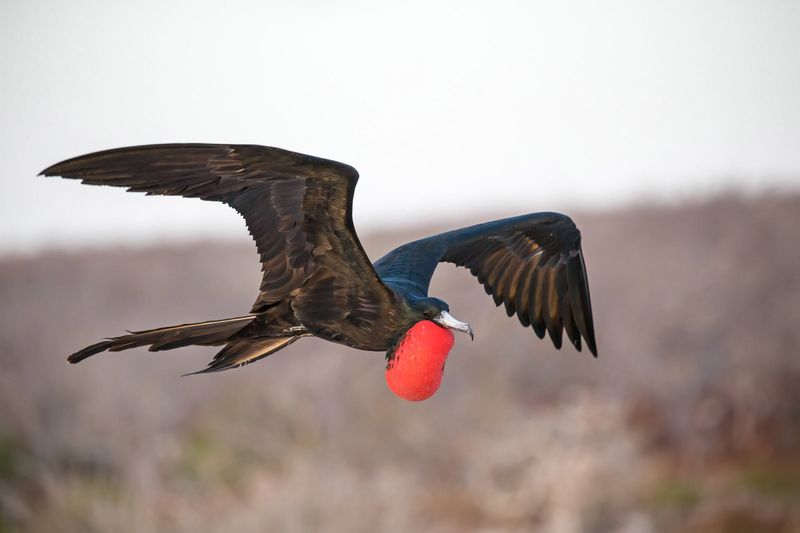
The Magnificent Frigatebird is a spectacular sight with a wingspan of up to 7.5 feet, commonly found in the Americas. Known for their impressive aerial displays and bright red throat pouches, these birds are truly magnificent.
They are expert fliers, capable of remaining airborne for extended periods as they search for food. Often seen harassing other birds to steal their catch, Magnificent Frigatebirds are skillful and agile.
Their presence in coastal skies adds vibrancy and excitement to the natural landscape, captivating those who witness their flight.
Red-tailed Tropicbird
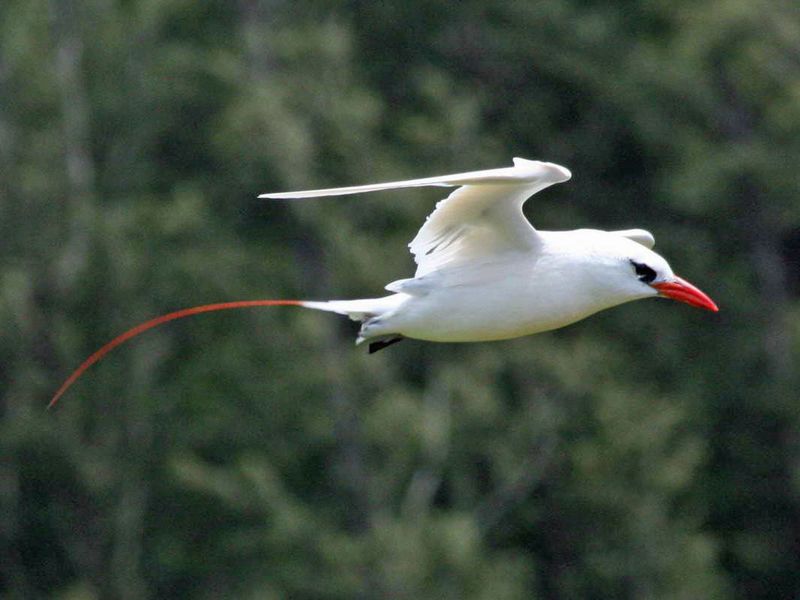
The Red-tailed Tropicbird is a graceful seabird with a wingspan of up to 3.6 feet, known for its distinctive red tail feathers. Found in tropical oceans worldwide, these birds are expert divers and agile fliers.
Their striking plumage and elegant flight make them a favorite among birdwatchers. Red-tailed Tropicbirds are often seen performing acrobatic maneuvers as they hunt for fish.
Their beauty and skill in the air are a testament to the wonders of the natural world, adding a splash of color to their oceanic habitats.
White-bellied Sea Eagle
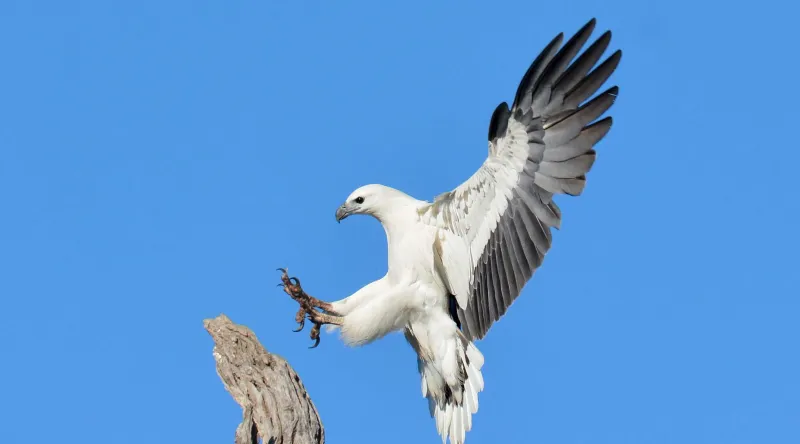
The White-bellied Sea Eagle is a majestic bird with a wingspan of up to 7.2 feet, found along the coastlines of Southeast Asia and Australia. These eagles are known for their striking white bellies and powerful hunting skills.
They primarily feed on fish and small mammals, showcasing their agility and keen eyesight. The White-bellied Sea Eagle’s presence along coastlines highlights the rich biodiversity of these habitats.
Conservation efforts are essential to preserve their coastal environments, ensuring the continued survival of these magnificent birds.
Sarus Crane
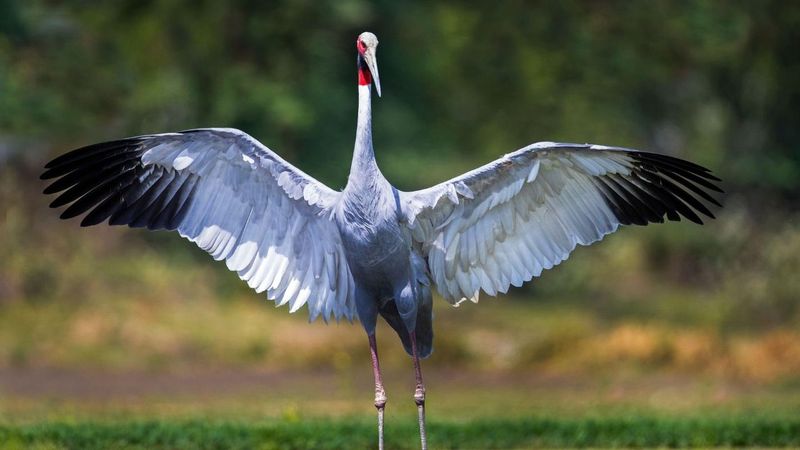
The Sarus Crane is the tallest flying bird, with a wingspan of up to 8 feet, found in the wetlands of South Asia and Australia. These cranes are easily recognized by their striking red heads and grey bodies.
Sarus Cranes are often seen in pairs, performing graceful courtship dances that are a spectacle to behold. Their presence in wetlands plays a crucial role in maintaining the ecological balance.
Preserving their natural habitats is vital for the survival of Sarus Cranes, ensuring future generations can witness their beauty and grace.
Kori Bustard
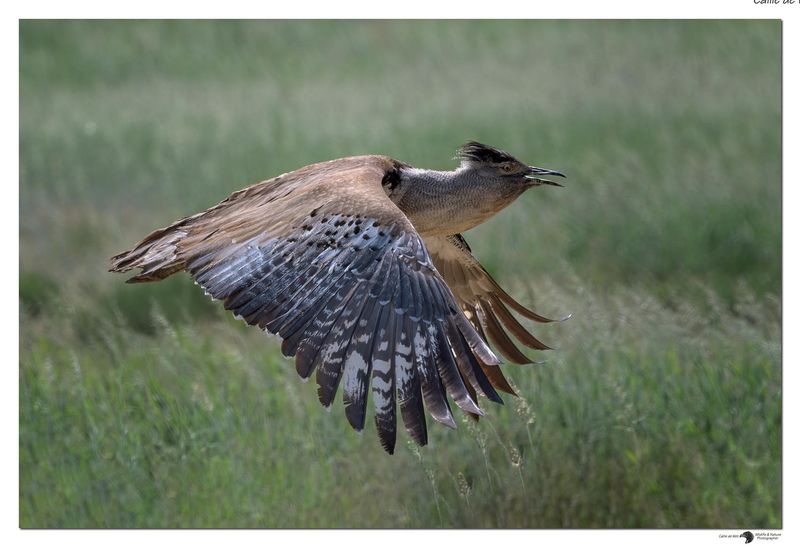
The Kori Bustard, native to Africa’s open savannah, is one of the heaviest flying birds. Its wingspan can extend over 275 cm, allowing it to glide majestically. Known for its cryptic plumage, this bird blends seamlessly with its dry, grassy habitat.
Despite its size, the Kori Bustard is a master of camouflage, often staying still to avoid predators. Its diet consists of insects, small mammals, and seeds, reflecting its opportunistic nature.
Bird watchers treasure sightings of the Kori Bustard, as it exemplifies grace and strength, making it a true spectacle of the African landscapes.

